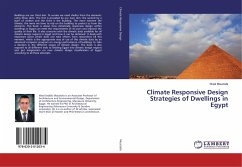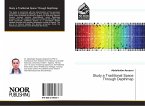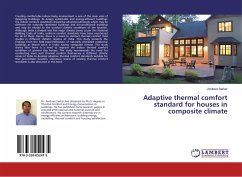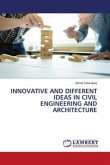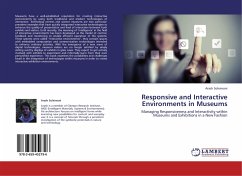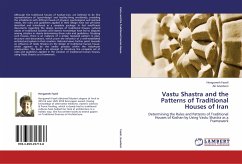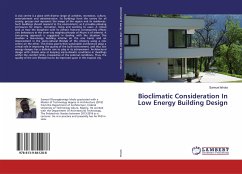This book analyzes the climate responsive design in traditional houses of Çatalca, an historical immigrant settlement. Twelve existing houses are examined in the registered town center Kaleiçi, in which Orthodox Greeks were inhabited exclusively until 1924 . By the Population Exchange Protocol The Muslim Turks from Greece were settled in Çatalca in the former houses of the Orthodox Greek immigrants from Turkey. The selected houses which reflect the synthesis of the cultural exchange, were built in the period of late 19th to early 20th century by two traditional types of construction: timber frame and solid masonry. The effects of climatic elements were analyzed on traditional designs of natural ventilation, heating, cooling day-lighting in terms of orientation, building form, space organization and building exterior. Building elements, and traditional building materials used are also evaluated. The most important meteorological parameters are the excessive NNE wind and driving rain. Comfort was achieved mainly by natural ventilation and migration in the house. The outstanding building material is sheet metal tin used to protect the timber components from North wind driven rain.


